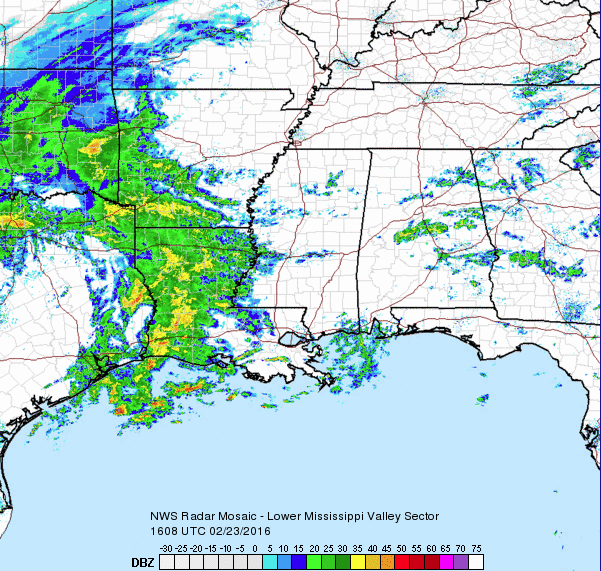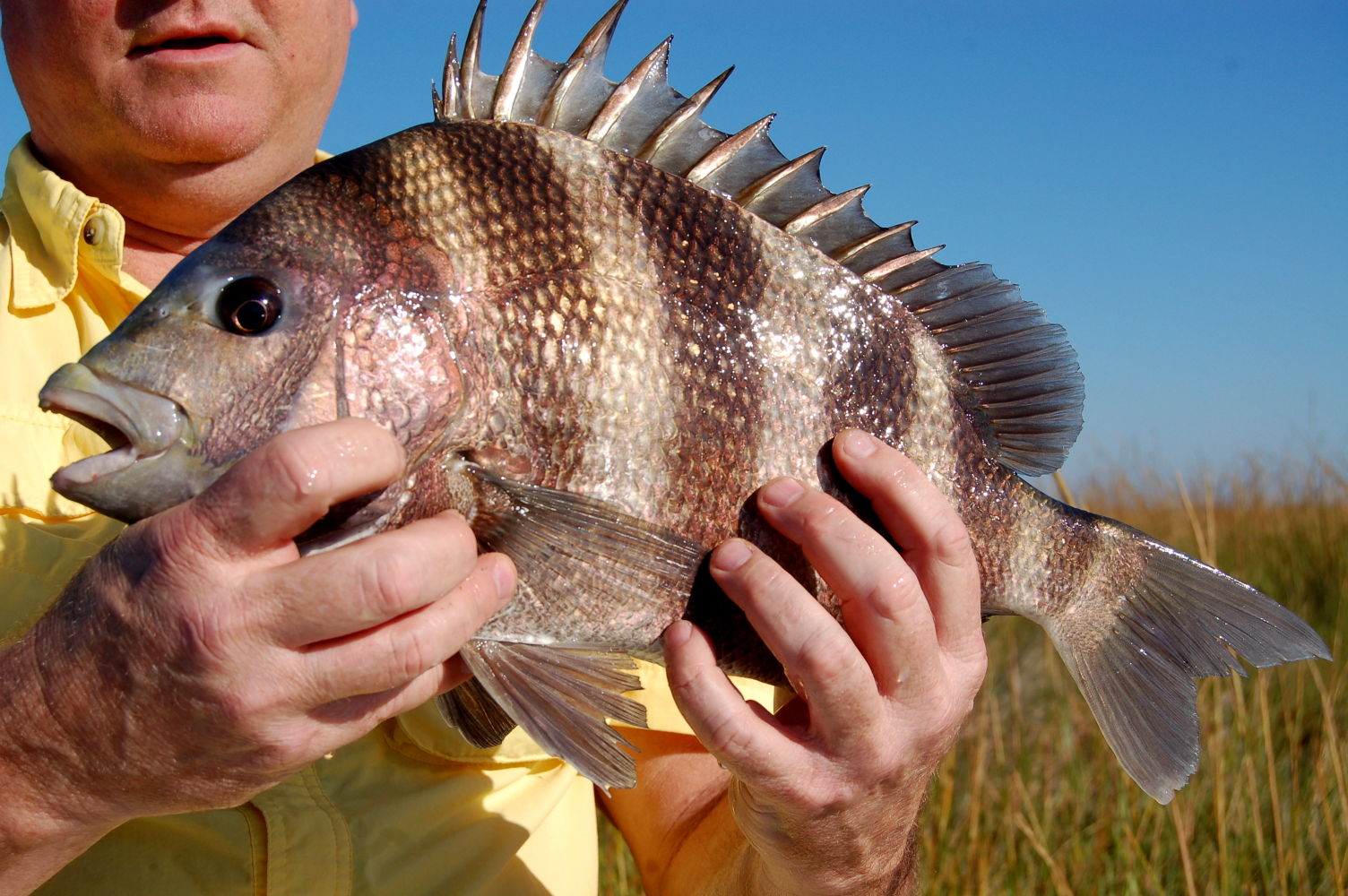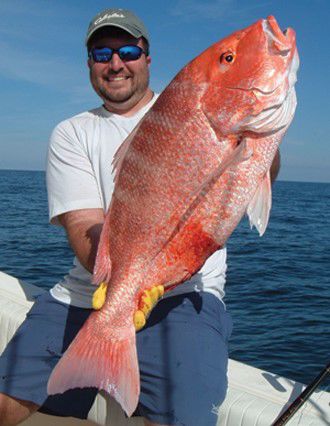
Schools, state offices closing early due to weather
February 23, 2016
Nicholls’ financial chief resigns
February 25, 2016It’s a chilly, calm morning as you head out at safelight in search of speckled trout before their spring migration back into the Gulf. The sun breaks the eastern horizon as you weave the boat along the inland marshes in hopes of catching limits of those silvery speckled fish. When you reach your honey hole, the wind picks up, reminding you that it is the dire enemy of the bait caster and the rookie fisherman.
Not only does the wind present a problem when casting, but the constant blowing turns the water into chocolate milk, posing another challenge to landing limits of speckled trout. It is a well known fact that trout prefer clean water. Day breaks fully, and the air temperatures warm up while you and your fishing buddies struggle to find your target species and get them to bite. Mid morning, you admit defeat, though not yet willing to go home empty handed.
It is time to use your depth finder and look for a nice deep hole, anchor on the edge of it, and fish on the bottom for finfish like black drum and sheepshead. In times like this, the prepared fisherman brings spare rods pre-rigged with bottom rigs like the Carolina and market shrimp in the ice chest.
February and March are iffy for finding the elusive trout, but every good captain knows to always have a backup plan B and C. Such was the case on several recent trips by charter guide, Capt. Rob Dupont, owner and operator of Impulse Fishing Charters down in Theriot. Visiting fishermen typically don’t mind what they catch, as long as they catch fish, have fun doing so, and take home bags of nice fillets. Unlike some locals, they won’t turn up their noses at finfish like sheepshead, also called the “convict fish” due to the five to six black vertical stripes on the fish’s body.
According to Capt. Dupont, black drum are hard to come by this time of year, and most of those caught in the marsh right now are undersized. Just like reds, the blacks must be at least 16 inches in length. On the bright side, sheesphead spawn in February and March, making them easy targets for filling the box when the specks and reds have lockjaw. With no limit on size or creel and with a sweet, white, flaky meat, sheepshead seems like the winter fisherman’s dream fish. Dupont is happy to put his customers on a hole filled with spawning sheepsheads and counts on them as his backup plan this time of year.
Dupont says, “All of my trips start out as either trout or redfish trips and then turn into ‘catch what you can to save the day trips’. Right now, the sheepsheads are really plentiful, so it’s easy to save the day with them when the other fish aren’t biting.”
Dupont also offers helpful tips for loading up on them. “We are fishing the sheepsheads in holes inside the marsh anywhere from 6-10 ft. deep, and they really don’t mind low water temperatures. I use a 1/4 oz. to 1/2 oz. Carolina rig with a 4/0 hook tipped with a small piece of shrimp. Most of the bait shrimp right now are around 31-35 count, so I cut those into four to five pieces. When the sheepshead starts biting, you will feel a slight bump or tug, but you must wait a few seconds to let the fish get the bait past its teeth before setting the hook. Then you have to set the hook like you mean it to drive it into their hard mouths.”
Ah, those teeth. One of the reasons for this strange common name for these fish is the teeth. Very similar in looks to those of a sheep, the teeth often make it difficult to hook the fish. Rookie fishermen often jerk too quickly, thereby yanking the hook right out from between those teeth before the fish has enough time to gobble the bait. But by following Dupont’s advice, the patient fisherman brings home the bacon.
Besides their odd looks, another reason the sheepshead get a bad rap is because they are difficult to fillet. However, Dupont claims that the meat is delicious when the fish is properly cleaned. He says, “Lots of folks shy away from them because of the difficulty involved. True, the bones are hard to cut through, and you must pay attention to the bones in the blood line. That has to be completely removed to get around all the bones. If done right, I promise, most people will never know the difference between a sheepshead and sac-a-lait!”
In order to make quick work of what was once the main reason folks shied away from this fish, Dupont now uses a reciprocating saw equipped with a serrated blade made just for cleaning tough fish like the sheepshead. This little invention is the brain child of another guide, Capt. Andrew Messenger. He adapts a Russell-Dexter knife blade to fit the saw, which makes short work of cleaning the bony fish. Of this creative way to clean fish, Dupont says, “The saw has been a game changer for me. Personally, I would have never allowed more than 10 sheepshead per day in my boat simply because of the difficulty in cleaning them with a regular fillet knife. This saw makes cleaning these fish a breeze, so now I welcome filling the box with them.”
These beautiful fillets can be cut into smaller strips and fried, or they can be grilled on the “half shell”, by leaving the white meat attached to the skin. In other words, just about any recipe you use for redfish can easily be adapted to this finfish.
So now that winter is coming to a close with those coveted specks and reds becoming scarce around inland marshes, why not find yourself a deep hole, drop down a Carolina rig tipped with dead shrimp, and fill the freezer with sheepshead fillets? You will be doing your part to dispel the myth that these funny-looking finfish are best left alone.
Here’s a little lagniappe for you: If you’re put off by the price of dead market shrimp, which is often $5 a pound, do like I do after the May and August shrimp seasons open. Buy an ice chest or two of shrimp and while putting them up for the freezer, cull out the small ones and set aside in plastic containers labeled BAIT SHRIMP. That way, when you’re ready to head out, you just grab the container, throw it in the ice chest, and you’re ready to sink a Carolina rig to the bottom and see what Mother Nature provides.
——-
Wendy Wilson Billiot is a freelance writer, wetland educator, and owner of Beyond the Bayou Excursions. To contact, visit bayouwoman.com.







